The giant, portable Australian refueller ready to fill our hydrogen cars, trucks and buses
Housed within this portable 40ft-high cube shipping container is an answer to Australia’s lack of hydrogen vehicle infrastructure.
In a national first, Queensland hydrogen solutions company H2H Energy has launched its H2CORE hydrogen refuelling product, capable of high-capacity refuelling for hydrogen-powered cars, trucks, buses and boats.
EVcentral attended the H2CORE’s reveal at H2H Energy’s Sunshine Coast manufacturing facility, witnessing how the shipping container could be lifted by a trailer side loader or crane onto a truck for easy transportation.
READ MORE: Hyundai doubles down on hydrogen with Initium fuel cell electric SUV
READ MORE: Explained: What is a hydrogen fuel cell electric vehicle?
READ MORE: BMW joins the fuel cell race in Australia with iX5 pilot cars
Australia has Hyundai’s Nexo and Toyota’s Mirai fuel cell electric vehicles (FCEVs) in market – typically leased by government fleets and mainly in Canberra – but a scarcity of refuelling points limits these cars’ usefulness.
There are currently just 12 hydrogen refuelling stations operating or under construction in Australia, while last year BP opened the first hydrogen refuelling facility at an Aussie service station – a truck stop at Lytton, Port of Brisbane.
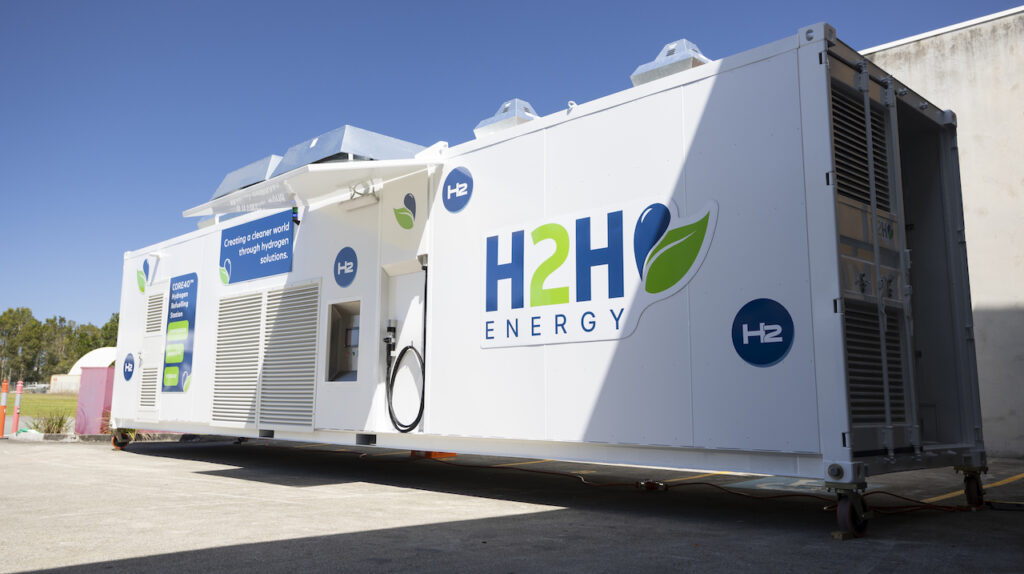
This H2CORE’s point of difference is offering rapid refuelling speeds in a unit able to be easily moved around.
It’s been developed for an as yet unnamed Australian “return-to-base” fleet operator, so we can assume it will be used to refuel a fleet of hydrogen-powered commercial vehicles.
“The H2CORE represents a significant advancement in H2H’s commitment to scaling up to meet the evolving needs of the hydrogen industry, especially as fleet sizes expand, and hydrogen-powered heavy vehicles begin to enter the Australian market for the first time,” the company said in a statement.
For those keen on the science, the H2CORE unit offers 35 or 70 MPa hydrogen dispensing, with configurable hydrogen storage and refuelling times. It can be fed from a tube trailer or electrolyser.

We were given a tour through the unit, but weren’t able to take photos for privacy reasons. The complexity and quality of manufacture looked exceptional, and numerous representatives from industry and government attended the reveal to witness this solution to hydrogen refuelling.
One was Scott Nargar, Senior Manager of Future Mobility and Government Relations at Hyundai Motor Company, who brought a hydrogen-powered Nexo to demonstrate the H2CORE’s refuelling abilities.
It’s timely for the Korean brand, as Hyundai’s compelling new Initium fuel cell medium SUV looks likely to replace the Nexo in Australia next year.
H2H Energy is the only manufacturer of hydrogen refuelling equipment in Australia, and has been supporting projects across Australia and New Zealand since 2014. Its small-scale portable refueller – The Gateway – has seen service for many years.
But the giant high-capacity H2CORE significantly moves the game on.
“It’s a game-changer for the industry,” said H2H Energy’s CEO, Cranston Polson. “We’ve seen growing interest in hydrogen refuelling solutions from Australian bus operators, logistics companies and passenger car fleets, eager to decarbonise their operations.”
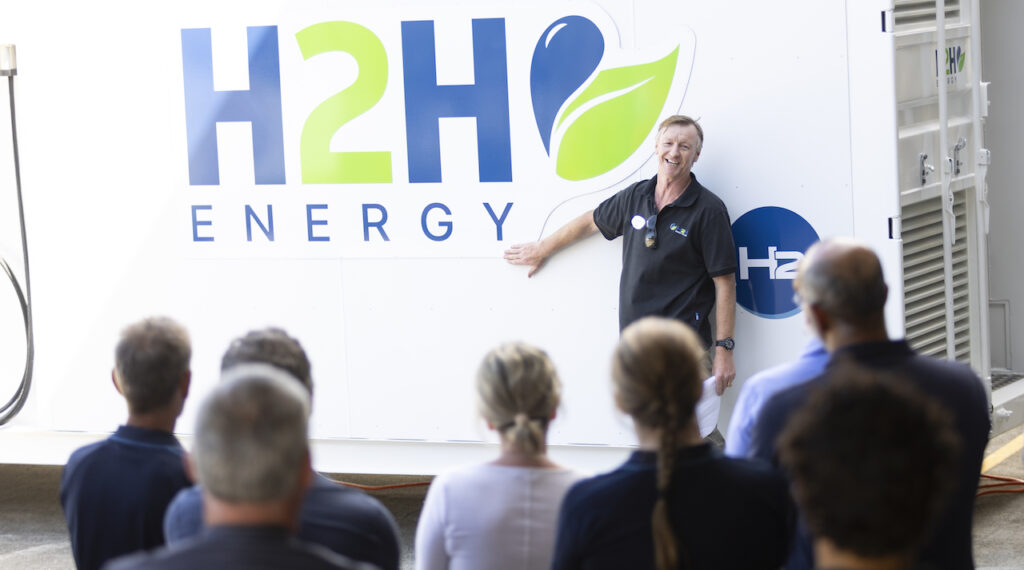
Mr Polson told EVcentral an H2CORE could refuel a Hyundai Nexo to full capacity (adding 666km range) in three to five minutes, if specifically set up for that intended use.
This first H2CORE has been designed and set up to refuel heavier vehicles – think buses and waste trucks – with a full refuel of those possible in 15 to 20 minutes. Far more palatable than the hours needed to charge a battery-electric (BEV) large commercial vehicle.
So, is this a breakthrough product to finally boost interest and uptake in hydrogen vehicles? Not just commercials, but passenger cars too?
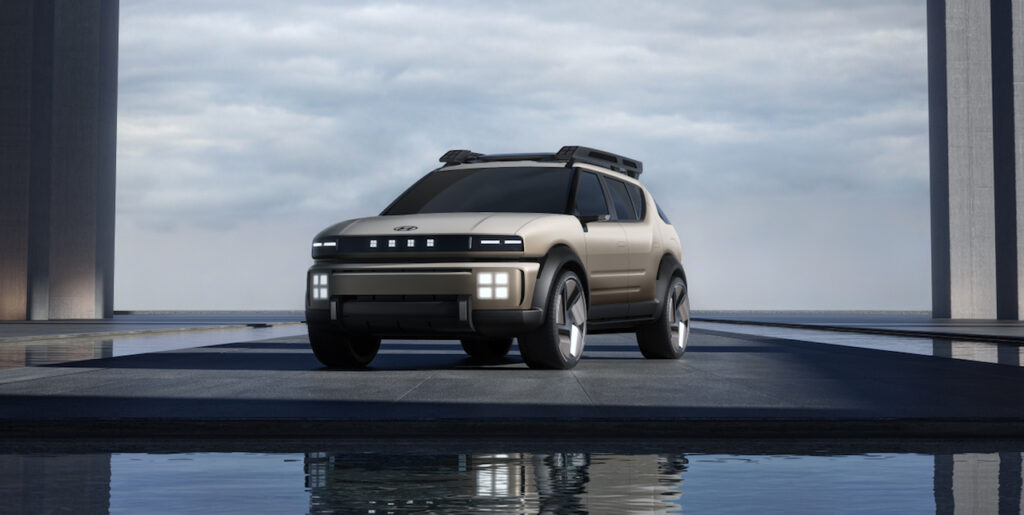
“Part of the barrier has been cost, compliance and support due to the (refuelling) systems only being available overseas,” said Polson. “Now they’re available locally, locally complied and locally supported, it opens up whole new avenues.”
As a motorsport enthusiast and competitor, Polson shows particular interest in hydrogen-powered race cars.
At this year’s Le Mans 24 Hours, Toyota, MissionH24, Alpine, Ligier and Solution F showcased hydrogen-powered H2 prototype endurance racers, ahead of a planned debut in the FIA WEC (World Endurance Championship) by 2027.

The Extreme E racing series is going to be replaced by an Extreme H championship from 2025, with the vehicles now becoming hydrogen-powered.
“The fact they’re going to Le Mans, and have already gone to Extreme H, shows vehicle development over the years is going to hydrogen,” said Polson.
“It’s clear manufacturers are getting behind it and they believe in hydrogen in the long term.”

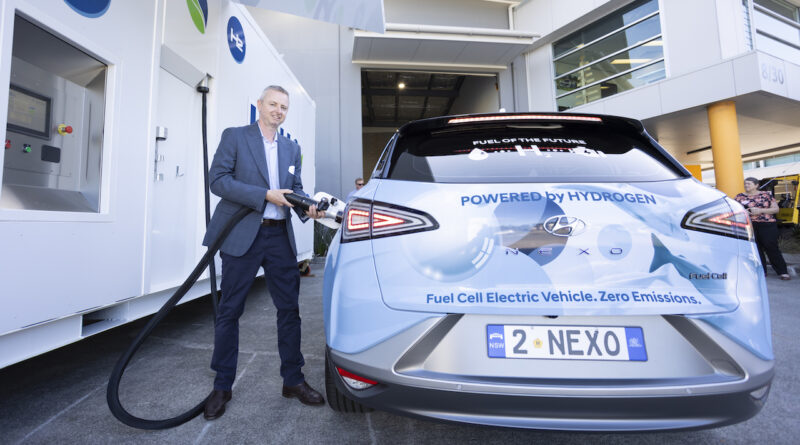
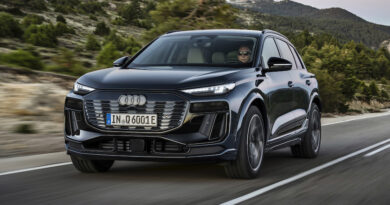


Knowing that a full tank of hydrogen at a station permanent station will be close to $120 for 500km ( with Govt subsidies) . When you add the cost of convenience to with this manned portable Hydrogen pump, the costv??‽
Of for goodness sake stop it… So we’re going to take a supply of electricity, valuable clean water, expensive electrolysing, compressers, storage, transportation… to fill an uncompetitively expensive FCEV, and have 30% of the energy we started with, to drive the wheels!? Seriously. How about we reserve the limited supply of green hydrogen for those processes where there is little or no alternative (e.g. fertiliser, steel…. ironically, oil refining…)??